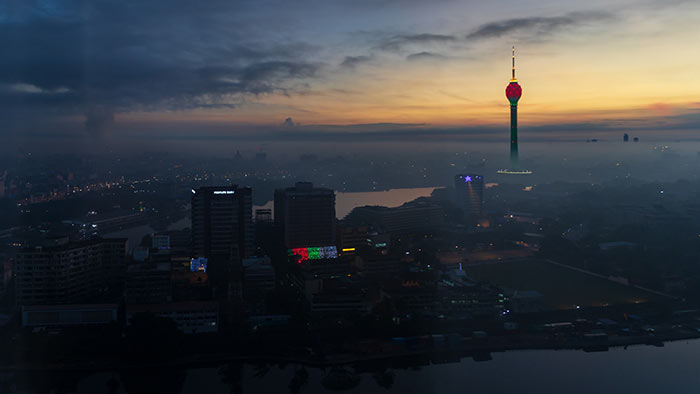Colombo district inflation accelerates in June on rising food prices

Photo credits: unsplash
Inflation in Sri Lanka’s Colombo district rose in June, primarily due to higher food prices, but it remains below the Central Bank’s medium-term target of 5 percent.
The Colombo Consumer Price Index showed inflation at 1.7 percent in June, up from 0.9 percent in May.
Food prices, particularly vegetables, increased significantly at the end of May due to rain, leading to the June rise in prices.
Food prices rose by 1.4 percent in the year through June, compared to 0 percent through May.
The rupee, which appreciated by up to 9 percent in the first four months of the year, lost some gains in the last two months, which may have contributed to higher imported food prices.
Lower energy prices have helped to ease the overall cost of food supply chains. The energy price revision due in July is expected to remain stable.
Non-food prices increased by 1.8 percent in June from a year ago, compared to a 1.3 percent increase in May.
The subindex for housing, water, electricity, and gas helped to ease non-food prices in June, similar to May. However, categories like furnishings, household expenses, healthcare, and recreational spending increased faster in June than in May.
Spending in restaurants and hotels decreased slightly compared to May.
Core prices, excluding volatile food, energy, and transport, rose to 4.4 percent in June, up from 3.5 percent in May.
With inflation nearing their medium-term target, the Central Bank might be cautious about further rate cuts.
Banks have been slow to pass on the benefits of lower policy rates and have not lent adequately to small businesses, slowing economic recovery.
Unless the Central Bank takes stricter action, achieving the desired outcomes of the eased monetary policy may be difficult.
Latest Headlines in Sri Lanka
- Sri Lanka President: No threat to national security, gang wars under investigation February 23, 2025
- Brand-new motorcycles near Rs. 1 Million, Three-wheelers hit Rs. 2 Million in Sri Lanka February 23, 2025
- Sri Lanka Human Rights Commission warns of rising Police abuse complaints February 23, 2025
- Three more arrested over ‘Ganemulla Sanjeewa’ assassination February 23, 2025
- Arjun Aloysius and two others released from prison February 22, 2025


